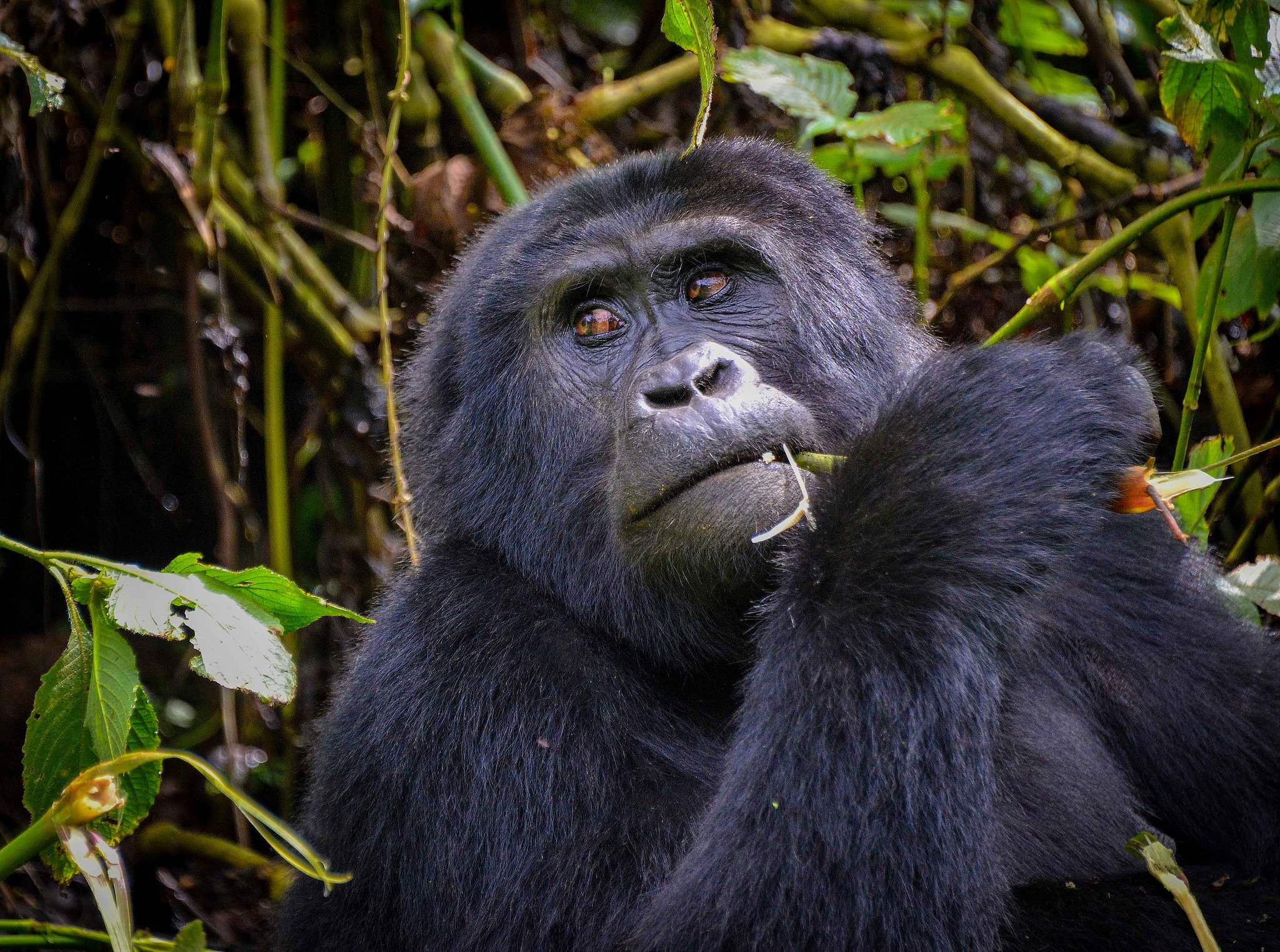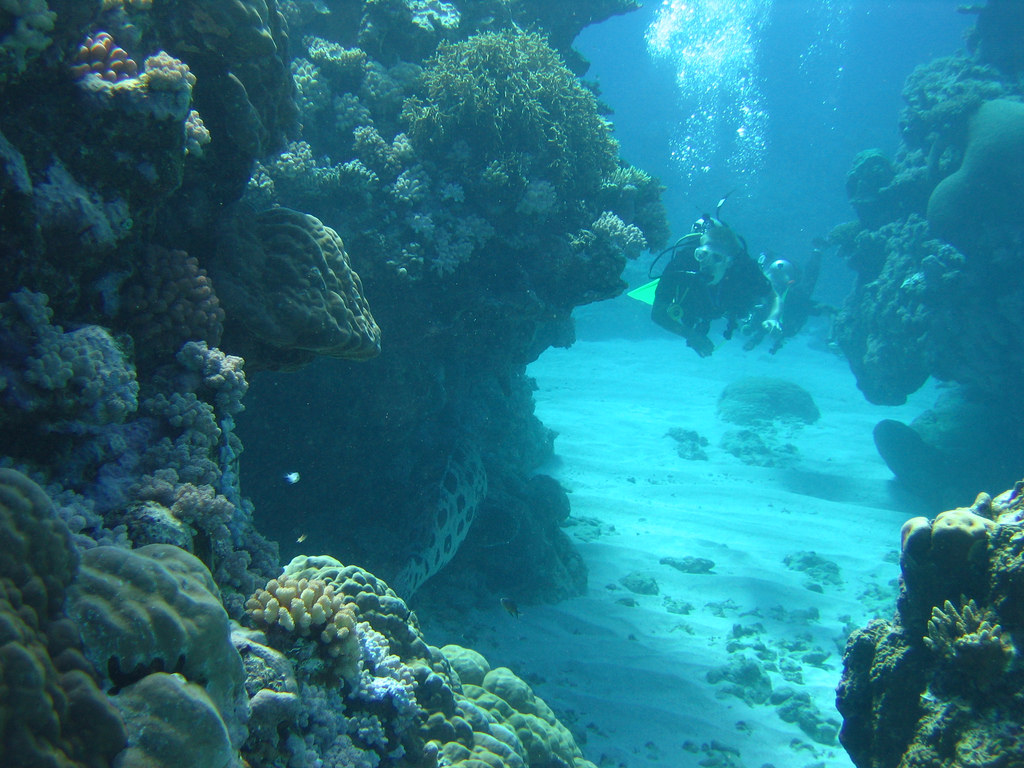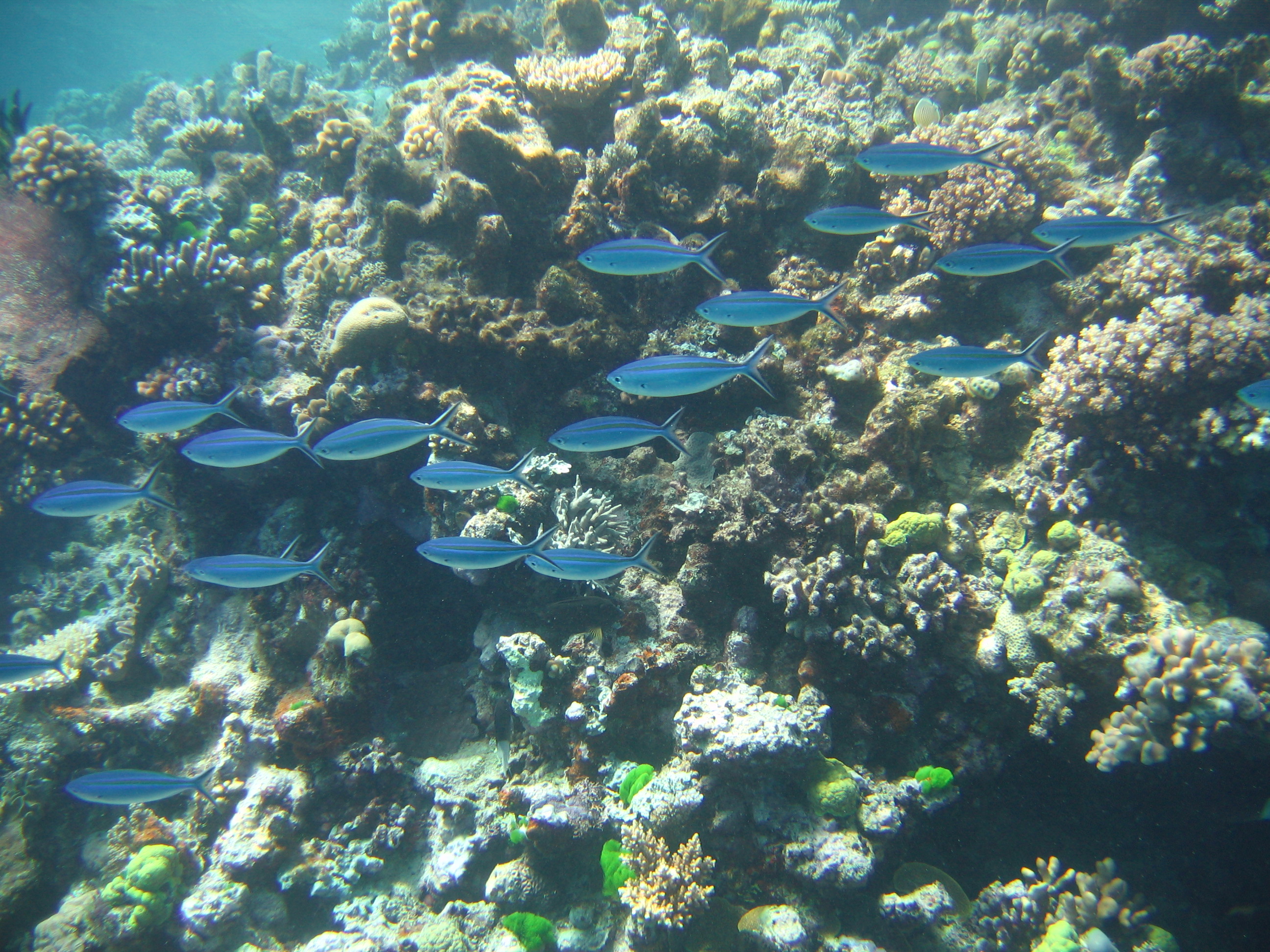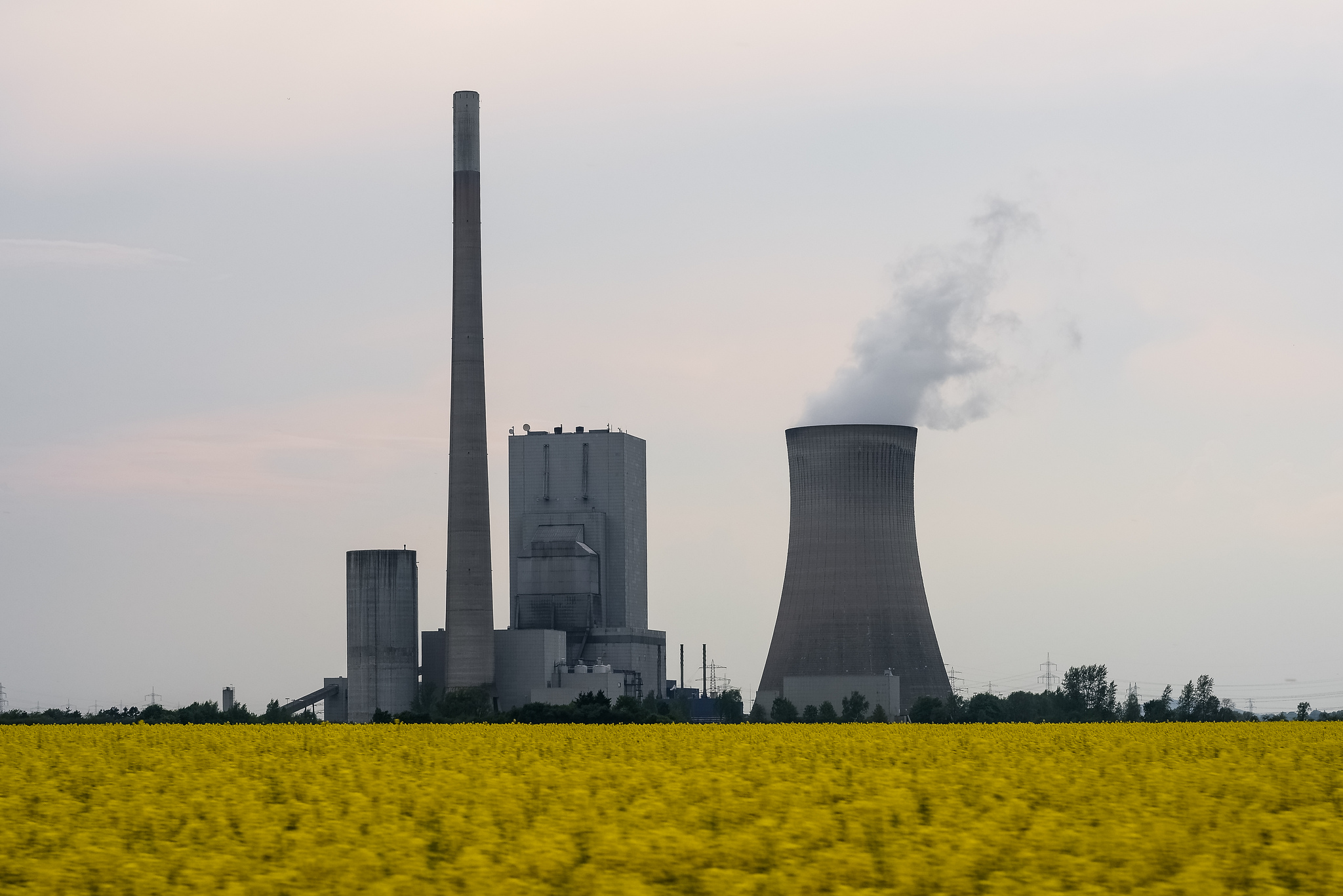humans
Wiping Out Our Relatives
We recently highlighted the plight of orangutans. Following years of failed conservation measures, all orangutans are now listed as critically endangered by the International Union for the Conservation of Nature. The Sumatran orangutan had been listed as critically endangered for nearly two decades, but the Bornean orangutan was a recent addition. According to the IUCN, all orangutans have an “extremely high risk of extinction in the wild.”
Some Good News For Coral Reefs
Most recent news about coral reefs around the world has been bad news. There has been unprecedented coral bleaching in places like Australia’s Great Barrier Reef. The effects of climate change – including warming temperatures and rising seas – as well as the recent El Niño event have led to damaged reefs across the globe.
Size Matters
One of the crowning achievements for wildlife protection in the US was the establishment of the National Wildlife Refuge system in the 1930s, when the populations of waterfowl were perilously low. Refuges provided breeding and migratory habitat that has allowed a remarkable recovery of many species of ducks and geese.
Outdoor Lights Dim Nature
At night our planet is now bathed in artificial light, ranging from streetlights and floodlights to burning gas flares in oil fields. There are few places that are truly dark at night.
Mapping Emerging Infectious Diseases
Ebola. Hantavirus. Lyme disease. What do they have in common? Like most emerging infectious diseases, they originated in mammals. So many debilitating pathogens make the jump from wildlife and livestock to humans, yet at the global scale little is known about where people are most at risk of outbreaks.
Nile Crocodiles In Florida
Nobody really knows how many alligators live in Florida. It’s estimated that there are anywhere from 1.3 million to 2 million alligators in the Sunshine State, which means there’s one gator for every 10-15 Floridians. It’s this ratio that makes it just about impossible for someone living in Florida not to encounter an alligator at some point. And if you have seen one recently and thought it looked a little bigger, you may be onto something.
Cyanide Fishing
Most people listening to this have seen a saltwater aquarium before, and many of those likely owned one at some point. Maybe you still do. The bright coral and even brighter fish can be found in offices, restaurants, hotels, and homes all over the world.
Road Salt
Snow season is here. The chances are good you’ll find yourself behind a truck spreading salt on the roads in an attempt to deice them. You may even try a little salt on your own front porch. Annually we spread about 20 million tons of road salt in the U.S., and we’ve been doing it since the late 1930s.
Ecology And Designing Future Cities
When most people hear the word ‘ecology’ – chances are it conjures up images of scientists working in distant, wild landscapes, such as old growth forests or remote mountain lakes. Increasingly, however, ecological studies are focused on urban and suburban areas.










